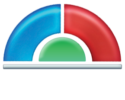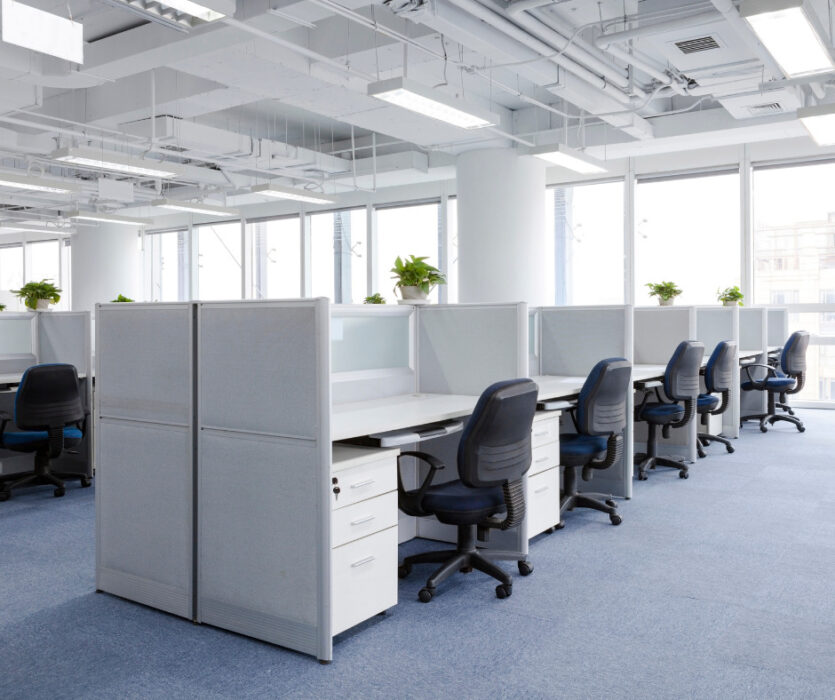In today’s constantly changing business world, the ability to be flexible and adaptable is crucial for success. This is where hot desking, an innovative concept, enters the picture and is revolutionizing the way we work. This article will explore the future of flexible workspaces and the numerous benefits they offer to businesses of all sizes.
Hot desking is a collaborative approach to office setup, where employees have the freedom to choose their workspace each day. Whether it’s a cozy corner with a view or a quiet spot near a meeting room, hot desking empowers workers to create their ideal work environment.
Implementing hot desking offers several advantages for businesses. First and foremost, it optimizes office space utilization, reducing costs associated with large and underutilized workstations. Additionally, this flexible arrangement fosters collaboration and interaction among colleagues, stimulating creativity and idea-sharing.
Furthermore, hot desk software allows companies to attract top talent and enhance employee satisfaction. By offering a dynamic and modern workspace, businesses can cater to the needs and preferences of today’s workforce, who value flexibility and work-life balance.
In conclusion, hot desk software is not only the future of flexible workspaces but also a catalyst for improved productivity, employee engagement, and cost efficiency. Join us as we delve into this exciting topic and uncover the many ways it can benefit your business.
The Rise of Hot Desk Software in the Modern Workplace

The modern workplace is undergoing a significant transformation, driven by the rise of remote work and the growing emphasis on work-life balance. Consequently, the traditional office setup is no longer the most suitable option for many businesses.
In response to these evolving needs, hot desking has emerged as a potential solution. This approach allows businesses to adapt to changing work patterns and create a more flexible and dynamic work environment. Additionally, hot desking may enable companies to attract and retain top talent by offering a modern and innovative workspace.
Benefits of Hot Desking for Businesses
Implementing hot desk software offers numerous advantages for businesses, optimizing office space utilization being foremost. Traditional setups often waste space due to underutilized workstations, whereas hot desking ensures desks are occupied, reducing real estate costs and enhancing productivity.
Moreover, hot desking fosters collaboration among colleagues, as it encourages interaction across departments, stimulating creativity and innovation. This dynamic workspace also attracts top talent in today’s competitive job market, as it caters to the preferences of modern workers who value flexibility.
Employee satisfaction is boosted by hot desking, as it grants autonomy in workspace selection and fosters a more inclusive culture. This, in turn, increases motivation and commitment, directly impacting productivity.
Cost efficiency is another key benefit, as hot desking optimizes space, reducing real estate expenses, and lowers costs associated with maintaining individual workstations. These savings can be reinvested to drive further growth and innovation within the company.
In addition to these benefits, hot desking can also improve employee well-being by providing a variety of work environments to choose from, catering to different work preferences and needs. This flexibility can reduce stress and increase job satisfaction, leading to a happier and more productive workforce.
Furthermore, hot desking promotes a more agile and adaptable work environment, allowing businesses to easily accommodate changes in team size or structure without the need for extensive office reconfigurations. This agility can give companies a competitive edge by enabling them to respond quickly to market demands and opportunities.
Overall, the implementation of hot desk software offers a wide range of advantages for businesses, from cost savings and increased productivity to improved employee satisfaction and flexibility. By embracing this innovative approach to workspace management, companies can create a dynamic and efficient work environment that drives success and growth.
Hot Desking Statistics and Trends
As hot desking becomes increasingly popular, interesting trends and statistics are emerging. Here are some key findings to consider:
A recent survey conducted by the International Workplace Group (IWG) revealed that a significant portion, 85%, of respondents believe that flexible working arrangements contribute to increased productivity.
Interestingly, the same survey also found that a substantial number, 70%, of employees regularly work remotely at least one day per week.
Furthermore, a report by JLL Research suggests that hot desking can lead to significant reductions in real estate costs, with potential savings of up to 30%.
Adding to this, the Global Coworking Unconference Conference (GCUC) reported that the number of coworking spaces worldwide surged by 42% in 2020, reaching over 18,000, compared to the previous year.
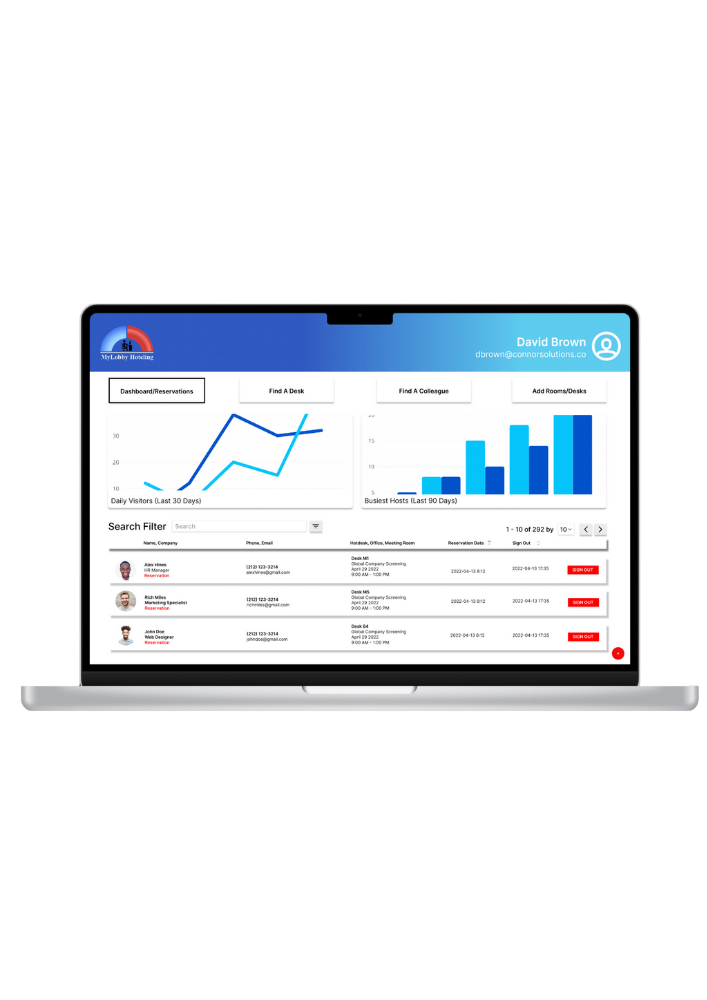
Implementing Hot Desk Software in Your Office
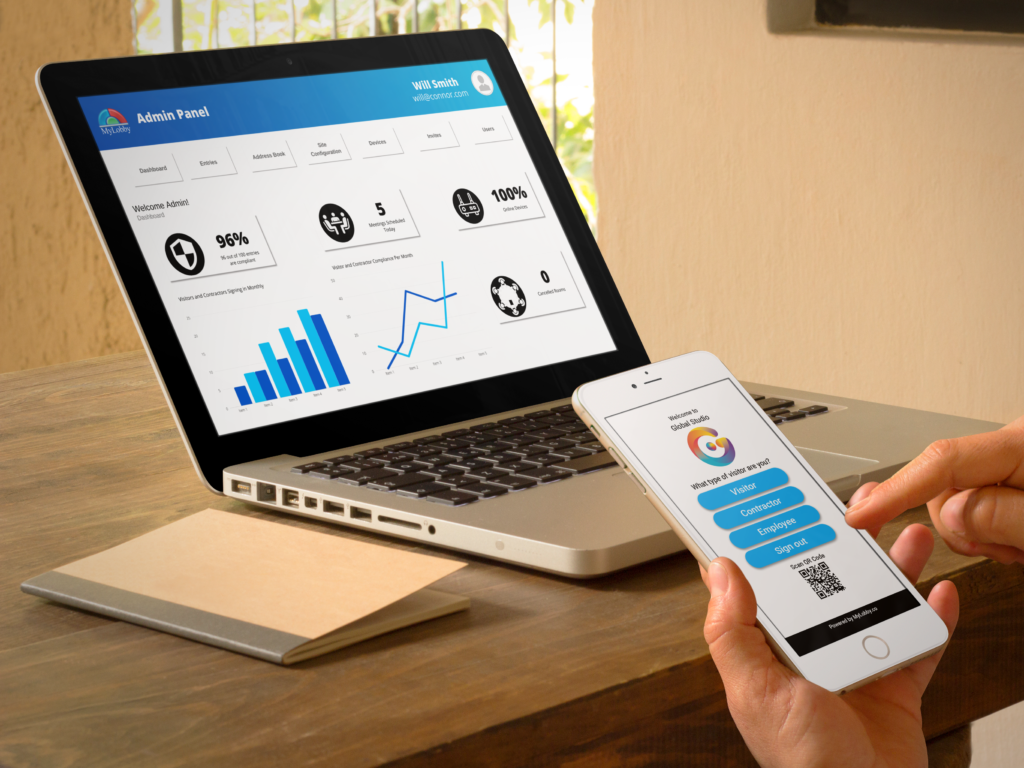
To ensure a smooth transition to hot desking, careful planning and consideration are essential. Here are some steps to help you successfully introduce this new system in your office:
Assess Your Space: Begin by carefully evaluating the available space in your office. Determine the number of workstations needed to comfortably accommodate your employees.
Create Designated Areas: Next, divide the office into different zones or areas where employees can choose their workspace. Take into account factors such as noise levels, proximity to amenities, and access to natural light when creating these designated areas.
3. Equip workspaces: Next, ensure that each workspace is equipped with the necessary technology and amenities, such as power outlets, high-speed internet, and comfortable seating. This will help employees feel prepared and productive in their new environment.
4. Establish clear expectations: In addition, develop guidelines and policies to ensure a smooth transition to hot desking. Once established, clearly communicate these guidelines to employees and address any concerns or questions they may have. Open communication is key to a successful transition.
5. Support the transition: Finally, provide training and support to help employees adapt to the new work environment. Offer guidance on how to best utilize hot desking and encourage collaboration and communication among team members. By providing support, you can help employees adjust smoothly and maximize the benefits of hot desking.
Tips for Successful Hot Desking
Here are some tips to help make hot desking a success in your office:
Communication and Collaboration:
- First and foremost, encourage open communication and teamwork among employees. Let them know you value their workspace preferences and encourage them to chat with colleagues when needed.
Variety and Choice:
- Next, offer a range of workspaces to suit different work styles and preferences. This could include standing desks, quiet areas, and collaborative zones.
Technology Support:
- In addition, provide employees with the tools they need to do their jobs well. This includes reliable Wi-Fi, video conferencing software, and project management platforms.
Building Connections:
- Furthermore, organize team-building activities and social events to create a sense of community. This can help lessen the feeling of isolation that might come from not having assigned desks.
Continuous Improvement:
- Finally, regularly check on how well hot desking is working in your office and ask employees for their feedback. Make changes and improvements based on their input to ensure the system works for everyone.
The Impact of Hot Desking on Employee Productivity and Collaboration
Hot desking can significantly affect employee productivity and collaboration. In particular, it provides employees with the freedom and control to choose their workspace, which can foster a sense of ownership and autonomy. This sense of empowerment can then lead to increased motivation and productivity.
Furthermore, hot desking also encourages collaboration and interaction among colleagues. When employees have the opportunity to work in various areas and interact with diverse teams, they are more likely to share ideas, knowledge, and expertise. This exchange of information stimulates creativity and innovation, ultimately resulting in better outcomes for the entire business.
Challenges of Hot Desk Software and How to Overcome Them
While hot desking offers numerous benefits, it also presents certain challenges. Here are some common challenges associated with hot desking and strategies to overcome them:
1. Lack of personalization: Hot desking may lead to a lack of personalization and a sense of not having a dedicated space. To overcome this, provide employees with the option to personalize their workspace to some extent, such as allowing them to bring in personal items or providing lockers for storage.

2. Noise and distractions: Open office environments can be noisy and distracting, affecting concentration and productivity. Create designated quiet areas where employees can retreat when they need a focused and distraction-free environment.
3. Technology issues: Hot desking relies heavily on technology, and technical issues can disrupt productivity. Ensure that the necessary IT support is available to address any technical difficulties promptly. Regularly update and maintain the technology infrastructure to minimize disruptions.
4. Resistance to change: Introducing hot desk software may face resistance from employees who are accustomed to traditional office setups. To overcome this, communicate the benefits of hot desking effectively and provide adequate support and training to help employees adapt to the new work environment.
How MyLobby Hot Desking Works?
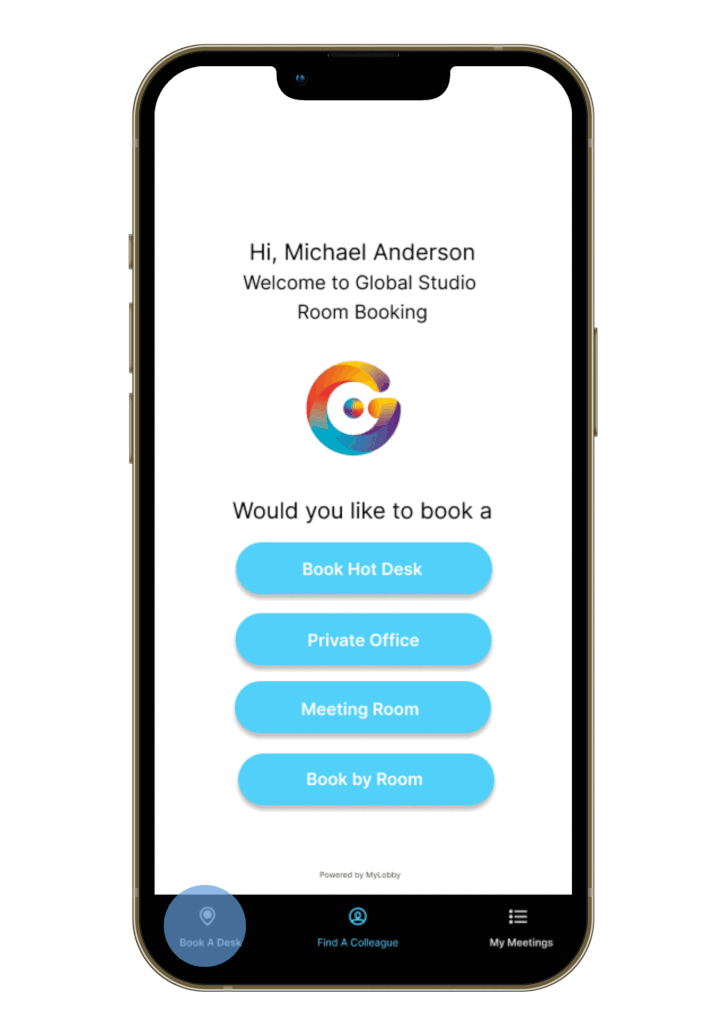
Easy to Use and Explore: The app is designed to be easy to understand and navigate. Right after logging in, users will see a clear and organized dashboard that gives them quick access to everything they need for booking a workspace.
Finding the Perfect Spot: Users can easily switch back and forth between a list view and a floor plan view to find the space that best suits their needs. The list view shows descriptions and pictures of each space, while the floor plan gives them a complete picture of all available options.
Clear Availability Indicators: The app uses different colored dots on the floor plan to make it super easy to pick a space. Green dots mean the space is available, while red dots mean it’s already taken. This visual approach makes it easy to understand and helps users book a space quickly.
Role-Based Access: The app understands organizational structures by categorizing users into groups (e.g., executive, manager, team member). This ensures users have access to relevant spaces, optimizing the use of premium areas.
Effortless Booking: Once a space is chosen, booking is straightforward. Users select the date and time, confirm their reservation, and receive immediate confirmation. This eliminates complex procedures and saves time.
Hot Desking vs. Traditional Office Spaces - A Comparison
Traditional office spaces and hot desking represent two distinct approaches to workspace arrangement, each offering unique advantages and disadvantages. Let’s delve into a comparison to understand the key differences:
Traditional Office Spaces:
- Offer assigned desks for each employee, providing a sense of stability and ownership of their workspace.
- Feature fixed and permanent workstations, which can structure the work environment and streamline routine tasks.
- However, they may lack flexibility and adaptability, potentially hindering collaboration and dynamic teamwork.
- Additionally, underutilized workstations can lead to higher real estate costs for businesses.
- Furthermore, the setup might limit collaboration and interaction among employees from different departments or teams.
Hot Desking:
- In contrast, hot desking does not assign desks. Instead, employees choose their workspace each day, fostering a dynamic and flexible work environment.
- This approach optimizes office space utilization, potentially leading to reduced real estate costs for businesses.
- Moreover, hot desking can promote collaboration and interaction among employees from different teams, as they encounter colleagues in different workspaces.
- Additionally, it may attract top talent seeking a modern and innovative work environment.
While traditional office spaces provide stability and familiarity, hot desking offers greater flexibility, cost efficiency, and collaboration opportunities. Ultimately, the best approach depends on the specific needs and preferences of a business and its employees.
Conclusion: Is Hot Desking the Future of Flexible Workspaces?
Hot desk software is not just the future of flexible workspaces, it’s also a powerful tool for boosting productivity, employee engagement, and cost efficiency. By adopting this innovative approach, businesses can adjust to the changing needs of the modern workforce and create a more lively and collaborative work environment.
The advantages of hot desking, such as making the most of space, better collaboration, attracting top talent, happier employees, and saving money, make it an appealing option for businesses of all sizes.
As the business world keeps changing, hot desking will definitely play a big role in shaping the future of work. By choosing this flexible workspace arrangement, businesses can stay ahead of the game and enjoy the many benefits it offers.
Join us as we explore this exciting topic and discover the many ways hot desk software can help your business. Embrace the future of flexible workspaces and empower your employees to succeed in a dynamic and collaborative environment.
